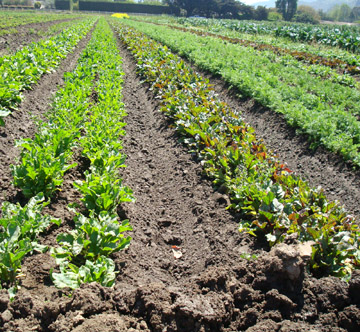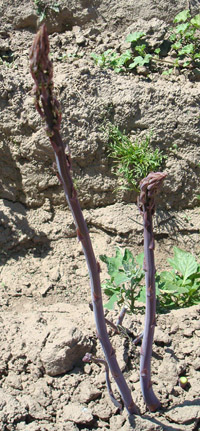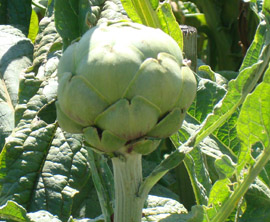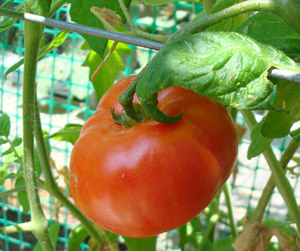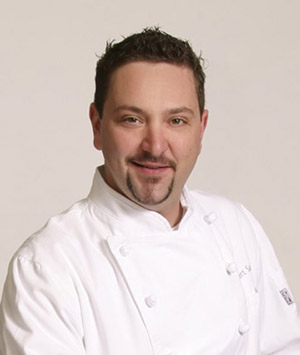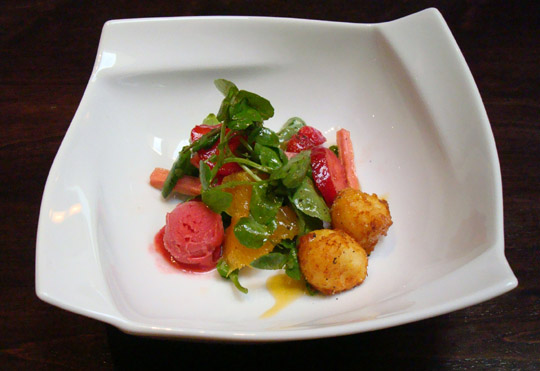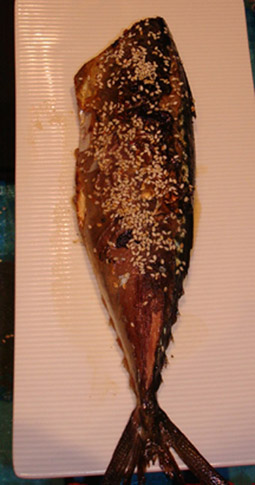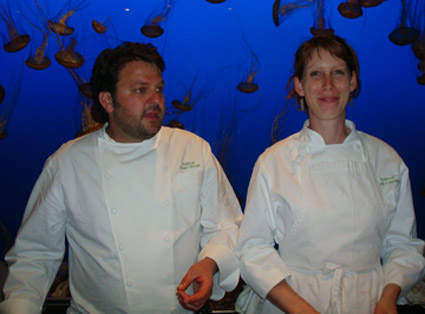Tickets Now On Sale For Slow Food Nation
Labor Day weekend (Aug. 29 to Sept. 1) in San Francisco is sure to bring out even more foodies than usual this year.
That’s when Slow Food Nation takes place. bringing together farmers, food artisans, political leaders, environmental advocates, health-care experts, and artists at a mega-event to celebrate the connection between plate and planet.
There will be a 50,000-square-foot food pavilion, a marketplace where farmers and producers will show off their wares, a music festival, workshops, films, dinners, and hikes.
The “Food for Thought Speaker Series” ($5 to $25 per ticket) will feature author Wendell Berry, author Marion Nestle, Slow Food organization founder Carlo Petrini, author Michael Pollan, author Eric Schlosser, author Vandana Shiva and Alice Waters of Berkeley’s Chez Panisse.
The huge Taste pavilion will showcase such artisan products as beer, bread, charcuterie, cheese, chocolate, coffee, fish, honey & preserves, ice cream, native foods, olive oil, pickles & chutney, spirits, tea and wine. In the “green kitchen” there, chefs will demonstrate techniques for making simple, everyday dishes sustainable. Tickets to the Taste pavilion are $45 to $65.
For more information, click here.
To get into the spirit, sit back and take in a thought-provoking flick, 6:30 p.m. July 25 at the Delancey Street Theater, 600 Embarcadero in San Francisco. That’s when “Strawberry Fields,” will show. The film depicts a day in the life of Palestinian farmers in Gaza.
Ticket are $15, and includes Fra’Mani salami, Harley Farms cheese, dessert, and beverages. For tickets, click here, or send checks made out to Slow Food San Francisco to Slow Food San Francisco, 210 Littlefield Ave., South San Francisco, CA 94080.
And if you notice the lawn in front of San Francisco City Hall looking a little different, that’s because it is being transformed into an edible garden.
July 12, Mayor Gavin Newsom, Slow Food Nation founder Alice Waters of Berkeley’s Chez Panisse restaurant, and more than 100 volunteers will begin planting seeds for herbs and produce.
The project, dubbed the Slow Food Nation Victory Garden, takes its name from 20th Century wartime efforts to tackle food shortages. Back in the early 1940s, San Francisco residents were encouraged to plant gardens on private and public lands to add to the supply of domestic food during wartime. Back then, San Francisco’s program was one of the top ones in the nation. Golden Gate Park alone boasted 250 garden plots.

